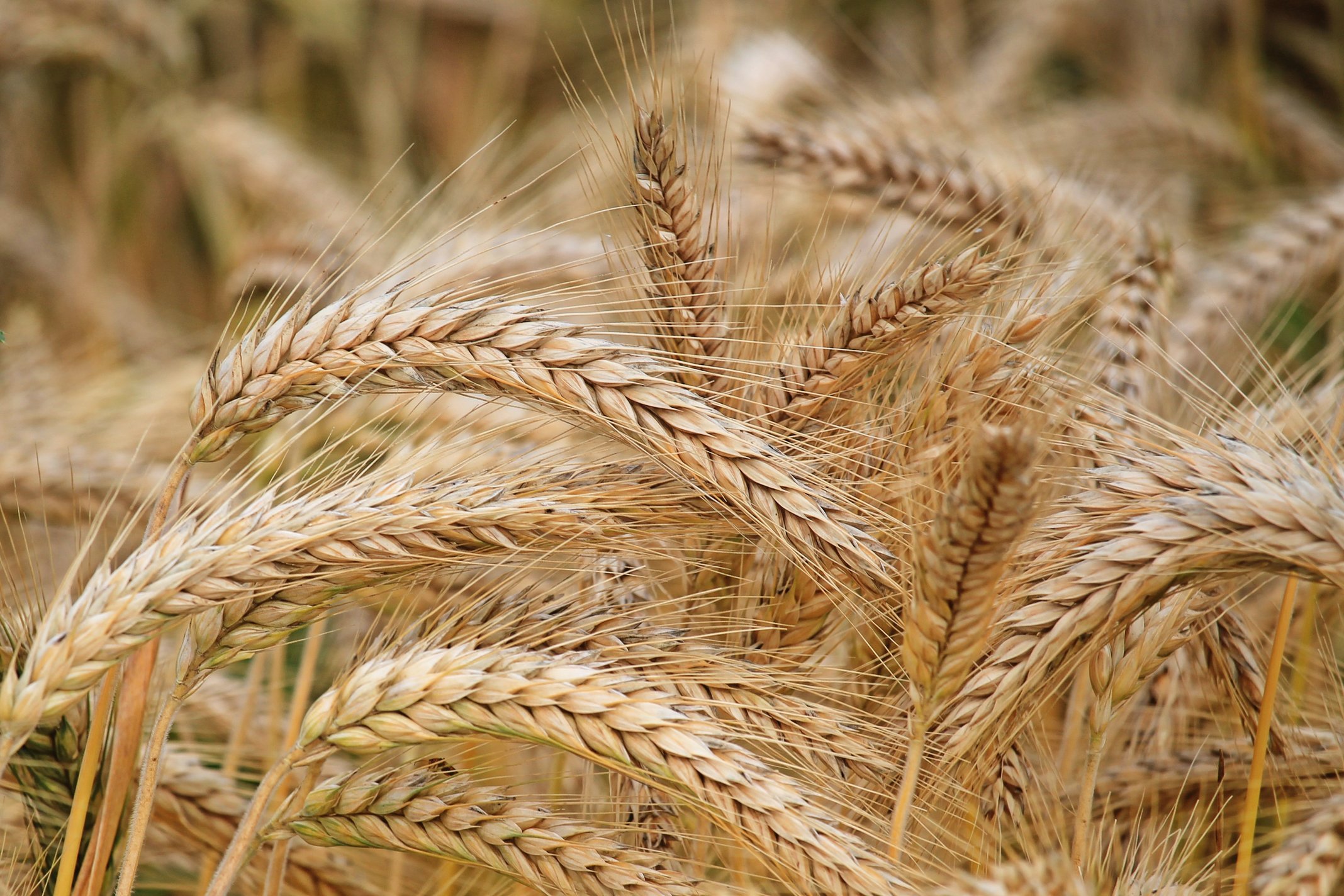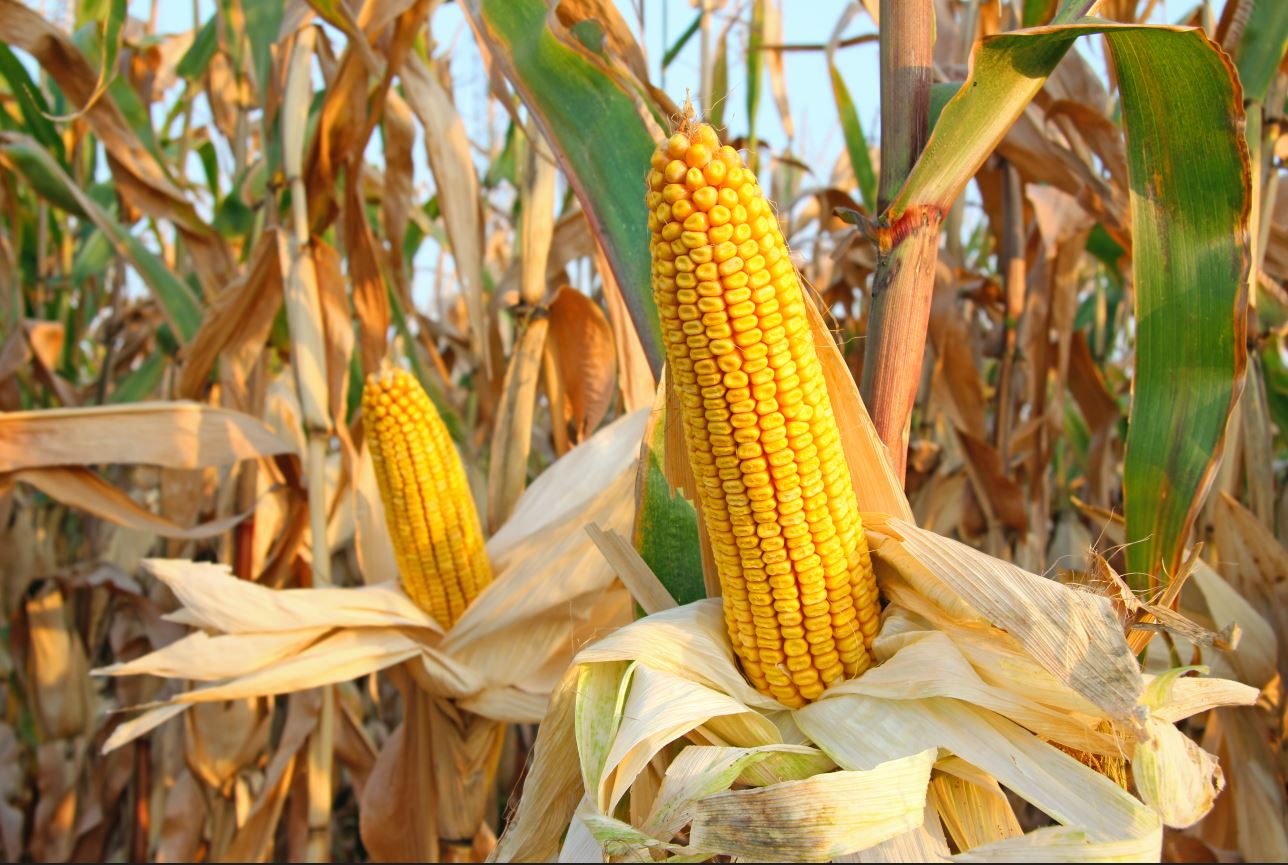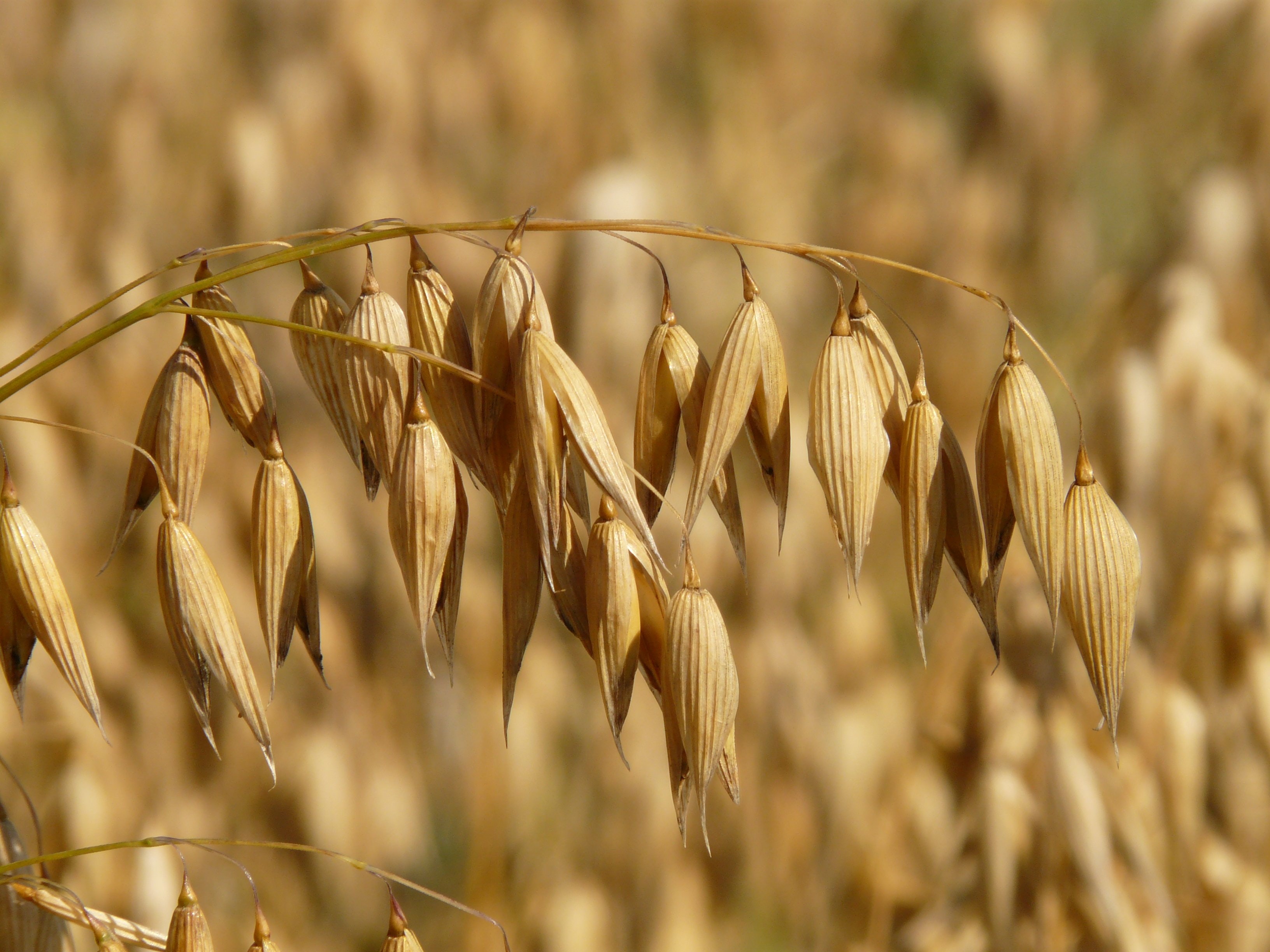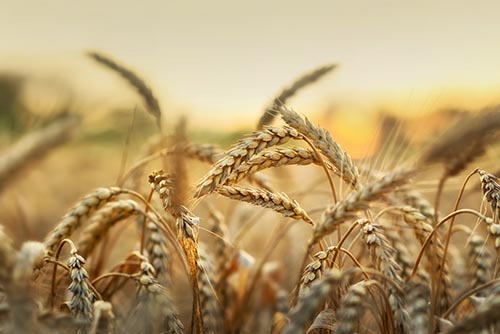Fall harvest for educators

A harvested grain field is a bucolic introduction to fall. As you live out the new school year, Ontario grain farmers are preparing for fall harvest—assessing fields, examining equipment, arranging delivery and sale of their harvested crop, watching the weather, and updating guidance software on combines and tractors.
Grain is a crucial crop; grains are nutritious, versatile as food, and used to make many non-food items, like hand sanitizer, crayons, lipstick, diapers, Band-aids, and cardboard. Ontario grain farming is significant to the provincial and national economies, valued at $27 billion and employing more than 90,000 people.
How do grain farmers know when it is time to harvest?
The beginning of the harvest period depends on crop maturity and weather. Ontario’s vast geography varies, with different types of soil and weather across the regions. Growing conditions, besides determining what a farmer can grow, also determine when a crop will be ready to harvest.
In the fall, as the weather turns colder, grain plants begin to dry (farmers call it “drying down”) and stop taking up nutrients. This in turn causes the plants to turn from green to yellow, gold, beige or even brown in colour. You might think mature crops look dead; they are ready to harvest when the seeds are fully grown, which is what farmers check for. It is the seed of the grain plant that we eat.
What do they harvest?
Ontario grain farms grow barley, grain corn, oats, soybeans, and wheat. Harvest is the second busiest time of the year for farmers. Ontario grain farmers generally harvest barley and oats in September and grain corn and soybeans through October and November and sometimes into December. Most harvesting, but not all, is done in the fall. Winter wheat, which is a cover crop that helps nourish the soil, is planted in the fall and harvested in July and August.
Different types of corn that have different uses:
- sweet corn (corn on the cob)
- popcorn (yummm!)
- grain corn (corn flour, corn starch, and many other products)
Ontario produces four types of wheat:
- Canada Eastern Hard Red Winter Wheat (good for flat breads, noodles)
- Canada Eastern Soft Red Winter Wheat (good for cookies, cereal)
- Canada Eastern Hard Red Spring Wheat (good for breads)
- Canada Eastern Soft White Winter Wheat (good for cakes, pastry)
Harvest troubles
If the weather does not cooperate, farmers could be left with grain in the field when it snows. Getting wet grains off wet fields can create issues with equipment and damage fields. Farmers have to wait for more ideal conditions, such as when there is less snow on the field, grains are dry, and the ground is frozen enough to drive on without damaging the soil.
Frost is bad news for farmers. Home gardeners can cover their plants when frost is expected, but farmers don’t have that option. Depending on the crop’s growth stage, it may survive or the frost could kill hundreds of acres of plants. No harvest = no income. It may also mean higher prices at the grocery store for food made with grains.
How do farmers harvest grains?
Combine harvesters are the workhorse of the modern harvest. They are called combines because they combine the jobs of header (cuts the stalks) and thresher (separates the seeds). They are used along with tractors and trucks to bring a crop off the field and get it on its way to your table. They are among the complex equipment that makes the farm a STEM playground!
A combine can harvest all five grains grown in Ontario by using different attachments to separate the seeds. The combine header cuts and gathers the grain plants and pulls them inside the machine where the seeds are threshed from the plant and separated. The grain is moved into the grain tank and the plant debris is pushed out the back of the combine onto the field.
When the grain tank is full, the grains are pulled up by an auger and emptied into a grain wagon or grain buggy pulled alongside the combine by a tractor or truck. After that, the grain may be transported by truck to a storage bin on the farm, to a processor, or it may be taken to a grain elevator.
Farmers today use a lot of high-tech equipment to help them farm sustainably—GPS, mapping, drones, even robots. For a full description, revisit our Tech toolbox for sustainable farming.
Grains by the numbers
| GRAIN | ONTARIO’s ANNUAL PRODUCTION | NO. OF ACRES | SOME HEALTH BENEFITS OF THIS GRAIN | DETAILS |
Barley | 104,588 tonnes | 148,000 | Reduces cholesterol; reduces risk of type 2 diabetes | Ontario grows 2% of Canada’s barley |
Grain corn | 9 million tonnes | 2.1 million | Naturally gluten-free.* Provides carotenoids (good for eyes), fibre, and quercetin (anti-oxidant that may protect against Alzheimer’s). | Ontario is Canada’s largest producer of grain corn; we grow 62% of Canada’s grain corn. |
Oats | 11,869 tonnes | 75,000 | Naturally gluten-free.* A source of antioxidants and fiber. Provides vitamins and minerals including magnesium, iron, vitamin E. | Ontario grows 2.1% of Canada’s oat production. Grain farmers plant oats as a cover crop to add nutrients to soil. |
Soybeans | 4 million tonnes | 3 million | Naturally gluten-free.* A plant-based source of protein. May reduce total cholesterol and heart disease. | Ontario’s largest field crop. Ontario is Canada’s largest soybean producing province, growing 61.1% of the country’s soybeans. |
Wheat | 2.3 million tonnes | 1 million | Provides important fibre, B vitamins, iron, copper, zinc, magnesium, vitamin E, selenium, manganese, potassium and more. | Nearly 1.3 million tonnes is milled for flour. The rest is used for animal feed. |
Download the map for your students. What kind of wheat grows in your area?

Sources used:
- Ontario Wheat Quality – Grain Farmers of Ontario (gfo.ca)
- Harvest on hold… (again) – Good in Every Grain
- Study Shows More than 90,000 Jobs in Ontario Thanks to Grain Farming – Grain Farmers of Ontario (gfo.ca)
- Ontario Wheat Harvest Survey – Ontario Grain Farmer
- Ontario grains by the numbers – Ontario Grain Farmer
- Barley | Description, Nutrition, Uses, & Facts | Britannica
- Ag Facts: Oats | Oklahoma Agriculture in the Classroom (agclassroom.org)
- Soy What? Soybean Fun Facts – Farm Flavor
- How Does A Combine Harvester Work? | Equipment Radar
- Amazing Wheat Facts to Share with Kids | Nestlé Cereals (nestle-cereals.com)
- Corn: A versatile, nutrition choice – Mayo Clinic Health System
Something fun
Students will have fun learning about the importance of soil with Draw With Rob, Episode 2—Wiggly Worm!
Did you know?
Fun facts about grains!
Barley has been farmed since about 8000 BC and is one of the oldest cultivated grains in the world.
Every row of corn on a corncob has the same number of kernels. The average ear of corn has 800 kernels.
Oats were once thought to be a weed that grew with barley and wheat.
One acre of soybeans can create more than 82,000 crayons.
People have been growing wheat for almost 10,000 years. In ancient Egypt, wheat was so valuable that pharaohs were buried with it.



